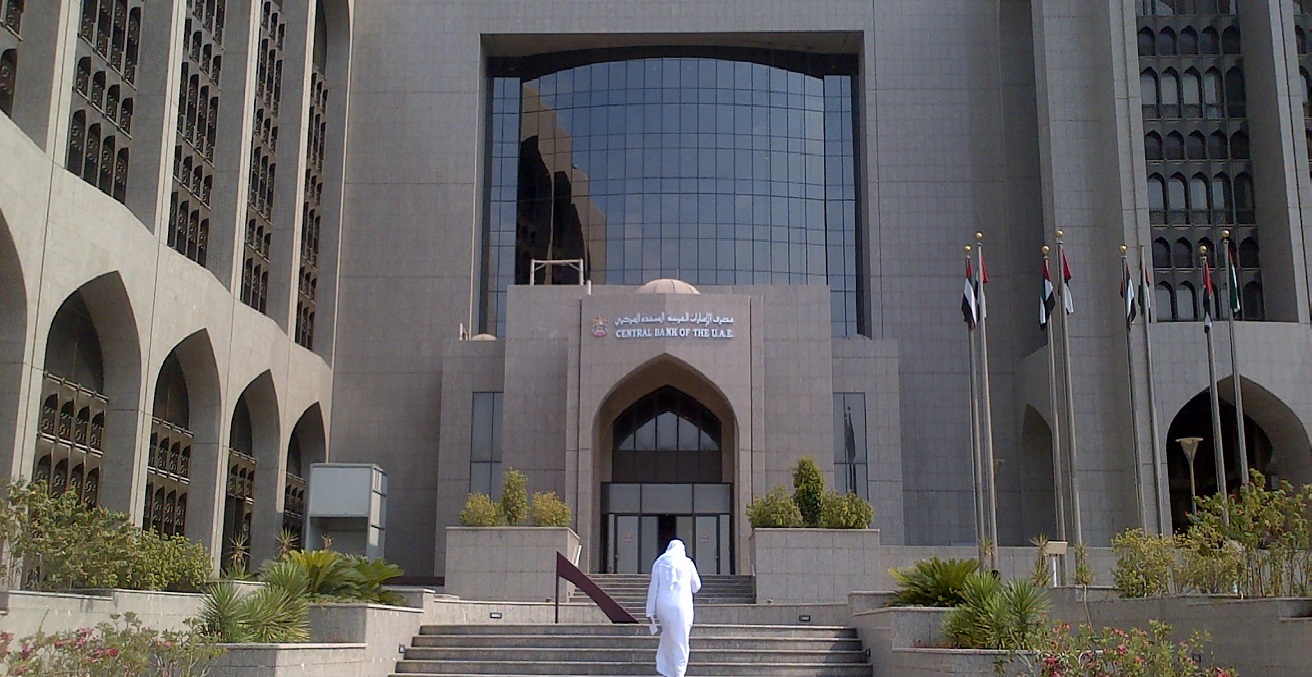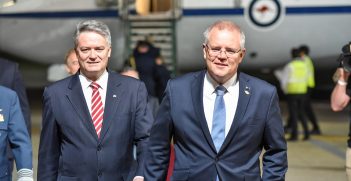Are Central Banks Under Threat?

The politics of central banking are set to explode with the unprecedented spending of the COVID-19 era. Increasing demand for public spending, on top of already high levels of debt, will make governments look favourably on a burst of debt reducing inflation and put them on a collision course with central banks.
It is a time of unprecedented cooperation between central banks and governments. An explosion in fiscal spending, the US alone borrowed $3 trillion between April and June 2020, and has been supported by central bank bond buying. Since March, the US Federal Reserve’s balance sheet has nearly doubled in debt to $7 trillion. Fed Chairman Jerome Powell is urging Congress to spend even more. The UK’s economic and finance ministry, HM Treasury, is borrowing tens of billions with the Bank of England through the Ways and Means Account. However, today’s friendliness is setting up tomorrow’s political battle. Concern about rising debt levels is growing, and the politics of debt could lead to a battle over central bank independence.
The exact cost of the coronavirus crisis will not be clear for some time, but it will not be cheap. Once frugal Germany is set to spend a stunning 13.3 percent of GDP. In many places, this extra spending will be added to already high – tottering – levels of debt. Government debt across the G7 was 134 percent of GDP in 2018 and spending is only going to increase in response to a fragile economic recovery. Lawmakers in the US are locked in negotiations over further stimulus, while the UK has just announced more spending.
When faced with debt of this size in the past, governments have responded in one of two ways. Fiscal policy aims to increase the amount of revenue available for debt repayments by raising taxes or cutting spending. In the past, governments have also engineered inflation to reduce the relative debt burden. In response, lenders would normally raise interest rates to offset inflation. To stop them doing this, governments often implemented “financial repression” as well. Setting caps on interest rates or requiring banks to hold government debt ensured inflation reduced the relative debt burden.
The last time debt was this high in the West was at the end of World War II. Then, fiscal and monetary policy were both mobilised, and a combination of strong economic growth, high taxes, modest inflation, and financial repression reduced debt levels rapidly. The UK saw its debt go from 270 percent of GDP at the end of the war to only 50 percent three decades later.
Today, there is no easy fiscal solution. In Europe, the re-imposition of austerity measures would be politically violent and even UK Conservatives want to “turn the page on austerity.” The crisis may well be the straw that breaks the top income threshold’s back and creates an appetite for tax increases. Anger at corporate bailouts could create momentum for reversing the recent wave of corporate tax cuts. Still, we should take today’s climate of solidarity with a grain of salt. Once good feelings fade, well-oiled lobbying machines will start up again, where they have not already.
This may make governments look favourably on inflation and financial repression. For most of the post-war “golden age,” governments used monetary policy to manage the economy. This approach broke down in the 1970s and 80s when high inflation and unemployment – “stagflation” – led to a revolution in economic thinking. Short sighted governments were blamed for stimulating unsustainable political boom and bust cycles. In the 1990s, monetary policy was taken out of the hands of politicians, and central banks around the world were made independent, mandated to pursue low inflation even when it was politically unpopular.
So, if governments want higher inflation they will require the cooperation central banks, which is unlikely to be forthcoming. Governments with high debt burdens might look favourably on a burst of inflation, but it goes against the core of central banking, like asking a cardinal to accept sin.
Even five years ago, questioning central bank independence would have been political suicide. The crisis and a decade of low growth and low inflation are beginning to change that. Increasingly mainstream voices have been asking whether the institutional arrangement is still fit for purpose. Donald Trump’s verbal sparring with Powell is a sign the taboo may be breaking down. If so, we may get a political contest over monetary policy not seen since the 1980s.
This contest over monetary policy is likely to play into existing social divides. Millennials, saddled with debt and with no memories of the high-inflation 70s, may find debt-reducing inflation appealing. Many heavily indebted corporations might also look favourably on higher inflation. For savers, many of whom are older, a surge of inflation after a decade of almost zero interest rates will be a bitter pill to swallow. Central banks are likely to find support amongst older savers and those creditors in the financial sector. Regardless of the outcome, it is unlikely the present illusion of technocratic neutrality could survive after such a contest.
Central banks could end up victims of their own success. It may be hard to convince societies that have seen little inflation in three decades of its danger, especially if the alternative is austerity. Much hinges on the next few years. Recent history has shown central bankers to be wily and creative political operators. A fudged solution might be possible that sees inflation move slightly higher, with fiscal policy delivering some savings. Alternately, secular stagnation may finally give way and higher growth remove the need for these difficult decisions. But if the last decade is any guide, there is the real prospect that soon the politics of central banking will be back with a vengeance.
Lewis Jackson writes about economic policy, with a special interest in finance and central banking. He has a Masters in Public Policy and Political Economy and worked as a management consultant for several years. You can follow him on twitter here.
This article is published under a Creative Commons License and may be republished with attribution.





